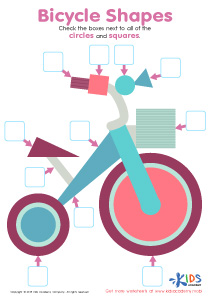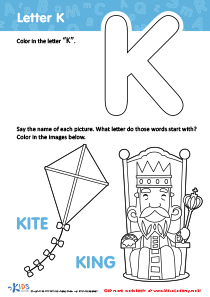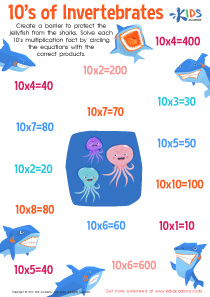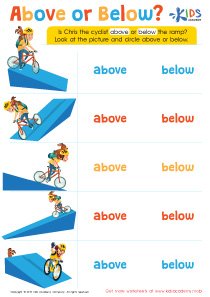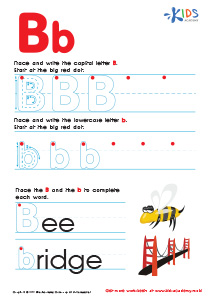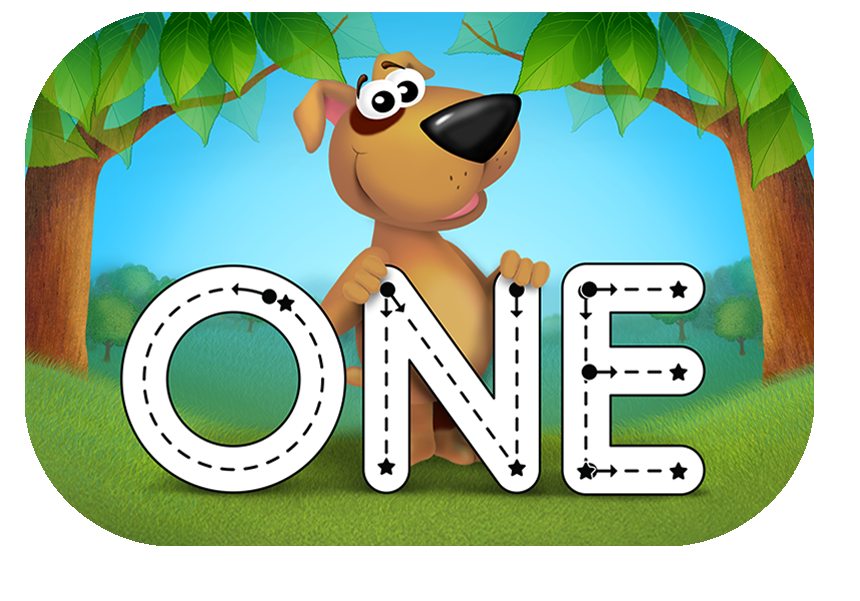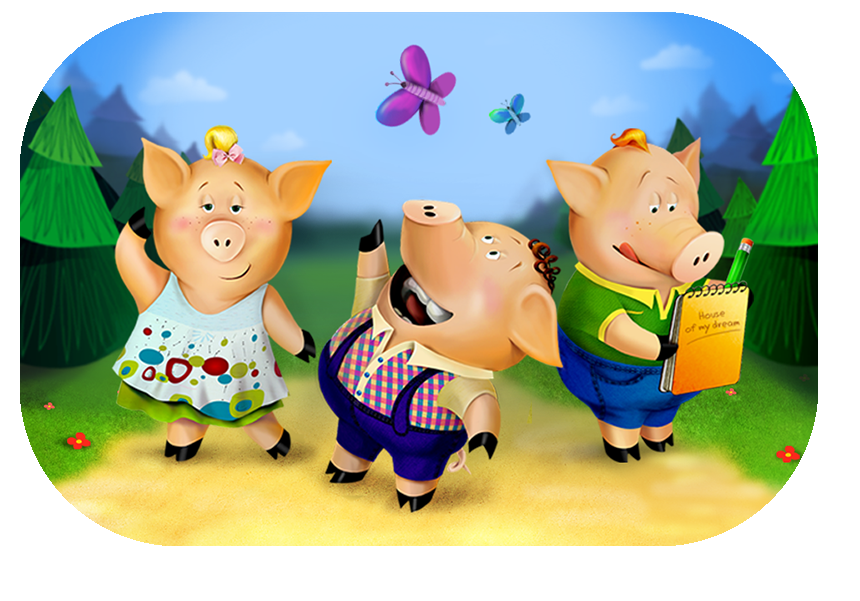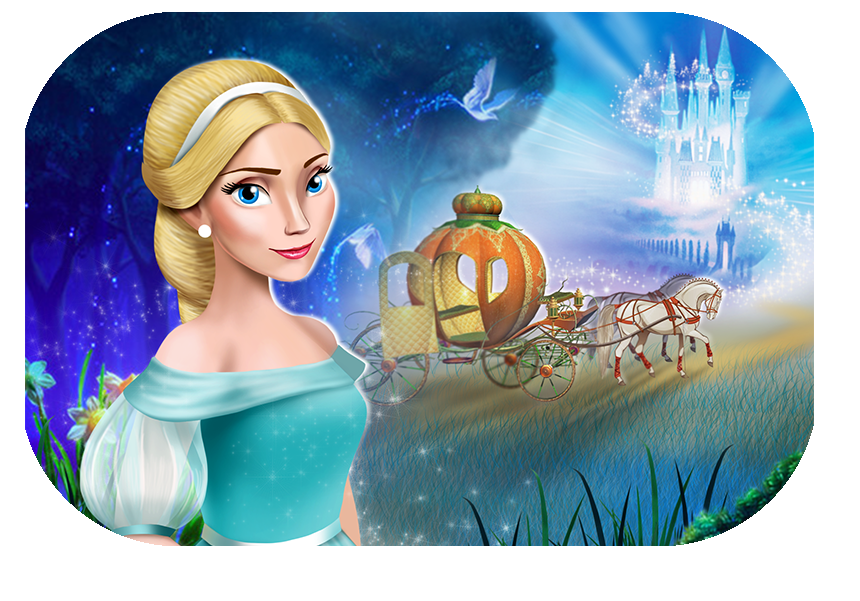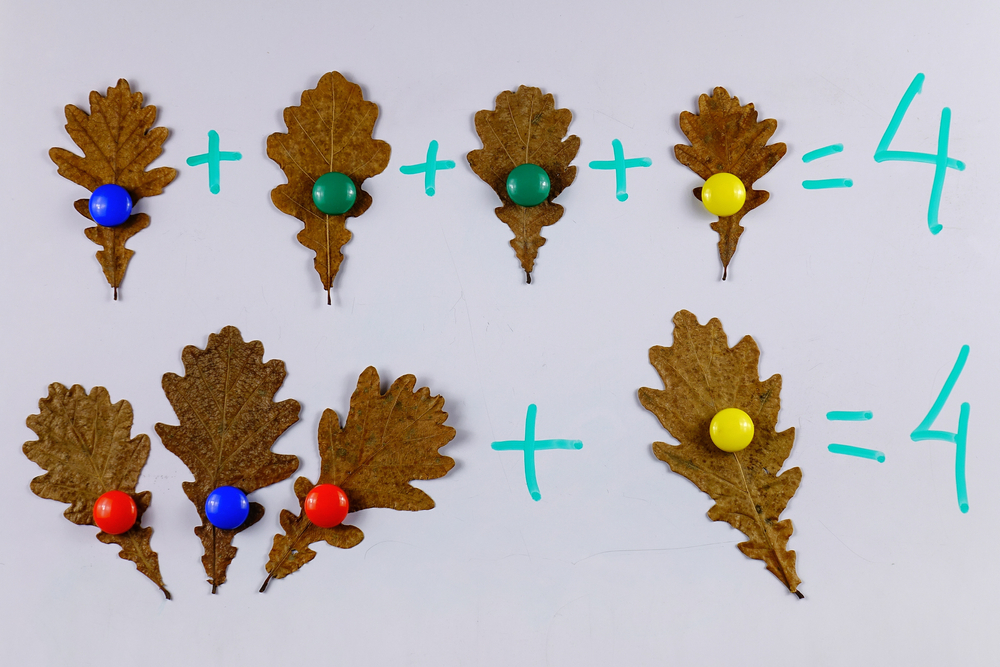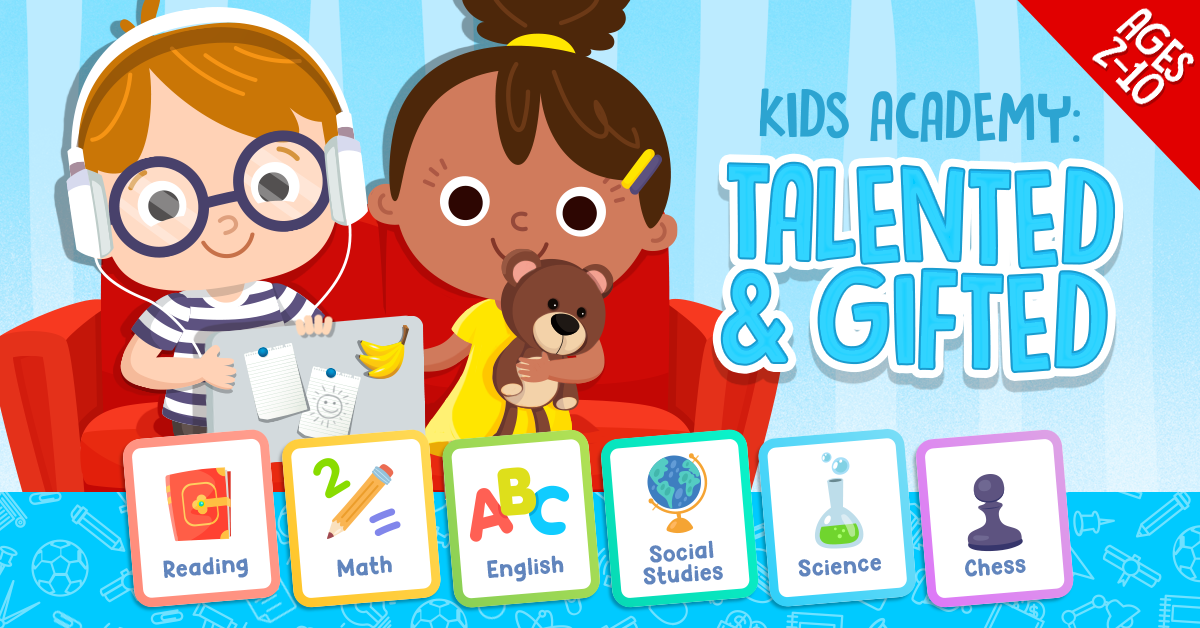English Language Arts Lessons | Review Across Content
1 results
Introducing our exciting Review Across Content Lessons for Grade 3! Designed to enhance children's understanding and retention, these engaging lessons encompass interactive worksheets, educational videos, and assessment quizzes. Each session targets various subjects, ensuring a well-rounded review for young learners. Watch their confidence soar as they revisit key concepts in mathematics, language arts, science, and social studies. Our comprehensive approach enables students to strengthen their knowledge while enjoying an interactive and immersive learning experience. Join us as we bridge the gap between classroom learning and revision. Enroll today and unlock the potential of our Review Across Content Lessons for Grade 3!
Review Across Content Lessons are designed to provide children in Grade 3 with a comprehensive and interactive learning experience that enhances their understanding and retention of key concepts in various subject areas. These lessons, which include interactive worksheets, educational videos, and assessment quizzes, have proven to be highly beneficial for children in their studies. By engaging with the material through different mediums, these lessons not only help children reinforce what they have previously learned but also widen their knowledge base and improve their overall academic performance.
One of the most significant advantages of Review Across Content Lessons is how they cater to different learning styles. Every child has their own unique way of processing information, and these lessons recognize and accommodate that diversity. The interactive worksheets provide a hands-on approach that appeals to kinesthetic learners, allowing them to physically engage with the material by completing various activities. On the other hand, visual learners benefit from the inclusion of educational videos that present the information in a visually stimulating way. Auditory learners, meanwhile, can listen to explanations and instructions provided in the videos, enhancing their comprehension. By incorporating these different approaches, the lessons cater to a wide range of learning styles, ensuring that every child can grasp and retain the information effectively.
The Review Across Content Lessons also demonstrate the interconnectedness of different subject areas, helping children make connections between concepts they have learned across various disciplines. By reviewing content from different subjects simultaneously, children can explore the relationships between different topics. For example, a math worksheet might involve solving word problems using geographical data, thereby reinforcing both math and geography skills. This interconnected approach not only enhances children's understanding of individual subjects but also promotes critical thinking and problem-solving abilities as they apply knowledge from different areas to find solutions.
Additionally, the regular use of assessment quizzes in these lessons serves as an invaluable tool for monitoring children's progress and identifying areas that require further attention. The quizzes are designed to assess and reinforce children's understanding of the material, allowing them to gauge their own understanding and identify areas that may need improvement. By providing immediate feedback, these quizzes help children identify and correct any misconceptions they may have and encourage them to continuously strive for improvement.
Moreover, Review Across Content Lessons instill a sense of excitement and engagement in children's studies. The interactive nature of the lessons, including the use of engaging worksheets and educational videos, creates an enjoyable and immersive learning experience. This not only helps maintain children's interest and motivation but also encourages them to actively participate in their own learning.
